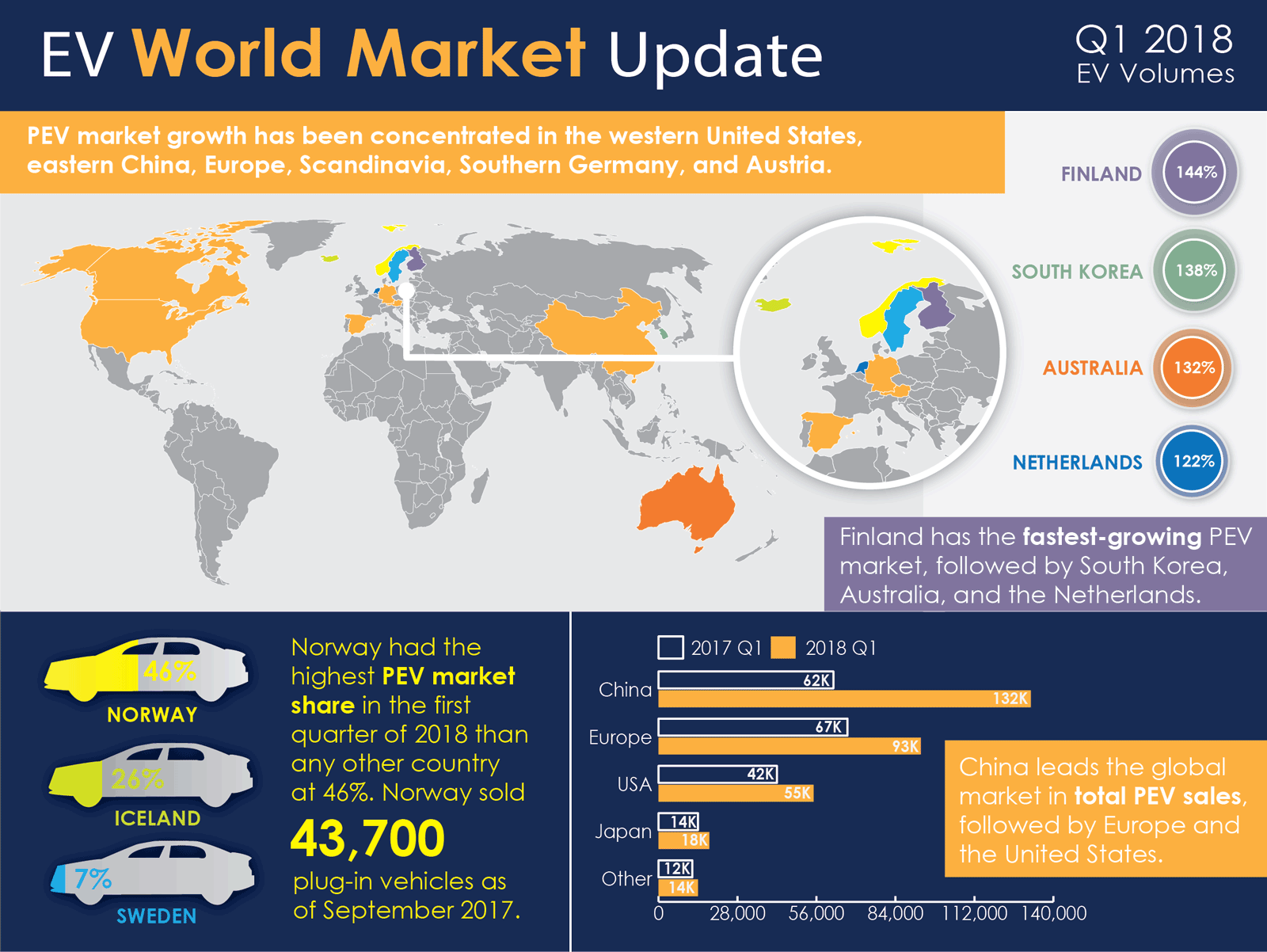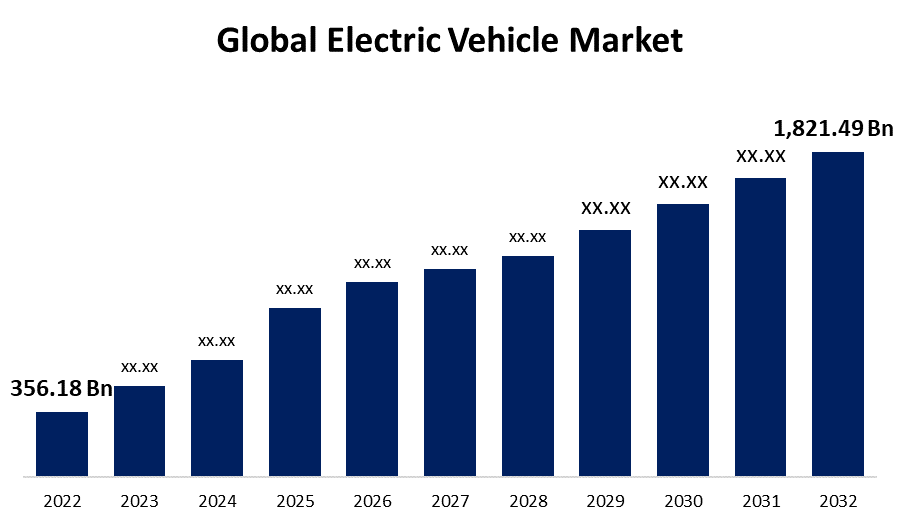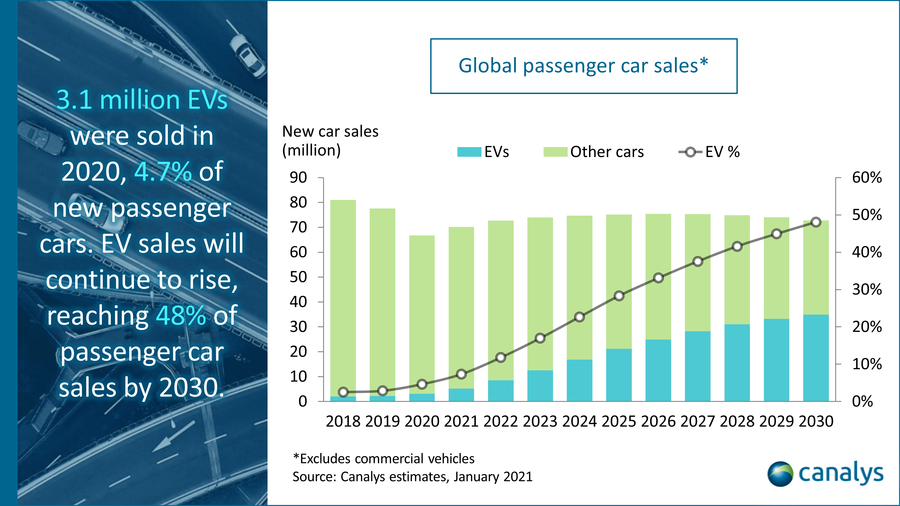The international electric vehicle market is rapidly growing due to increasing environmental awareness and technological advancements. Governments and manufacturers are driving this change.
The global shift towards sustainable transportation has significantly boosted the electric vehicle market. Consumers are increasingly opting for EVs to reduce their carbon footprint and save on fuel costs. Many countries are implementing supportive policies, including tax incentives and subsidies, to encourage EV adoption.
Technological advancements have improved battery life and charging infrastructure, making EVs more practical for everyday use. Major automotive companies are investing heavily in EV research and development, introducing new models to cater to diverse consumer needs. The international EV market is poised for substantial growth, promising a greener future for transportation.
Market Overview
The international electric vehicle EV market is booming. Electric vehicles offer sustainable solutions. Consumers are shifting towards eco-friendly transportation options. This trend is reshaping the automotive industry globally.
Current Landscape
The current landscape of the EV market is dynamic. EV sales are growing rapidly worldwide. Governments offer incentives to encourage EV adoption. Charging infrastructure is expanding to support this growth. Battery technology is improving, reducing costs and increasing range.
In many countries, EVs are now a common sight. China leads the market in EV adoption. Europe and the USA follow closely. These regions invest heavily in EV infrastructure. Public awareness about climate change boosts EV sales. Automakers are launching new models to meet demand.
Key Players
Several key players dominate the EV market. Tesla is a well-known leader. It offers high-performance electric cars. Nissan is another major player with its popular Leaf model. BMW and Volkswagen are also significant contenders. They offer a range of electric and hybrid vehicles.
| Company | Popular Models |
|---|---|
| Tesla | Model S, Model 3, Model X |
| Nissan | Leaf |
| BMW | i3, i8 |
| Volkswagen | ID.3, ID.4 |
New startups are entering the market too. Companies like Rivian and Lucid Motors are making headlines. They focus on innovation and luxury. Traditional automakers are also pivoting to electric models. General Motors plans to go all-electric by 2035.
Industry collaborations are common. Automakers partner with tech companies. They aim to enhance battery technology and autonomous driving. This collaboration is crucial for future growth. The EV market will continue to evolve.
Growth Drivers
The International Electric Vehicle (EV) Market is booming. Many factors drive this growth. These growth drivers are crucial for understanding the EV market’s future. Below, we explore key growth drivers such as government policies and technological advancements.
Government Policies
Government policies play a vital role in the EV market’s growth. Many countries offer incentives to promote EV adoption. These incentives include tax rebates, subsidies, and grants. They make EVs more affordable for consumers.
Governments also set emission standards to reduce pollution. These standards push automakers to produce more EVs. In some regions, there are even bans on gasoline cars. This forces a shift towards electric vehicles.
Below is a table of countries with key policies:
| Country | Policy | Incentive |
|---|---|---|
| USA | Federal Tax Credit | $7,500 |
| Norway | No VAT on EVs | 25% off |
| China | Subsidies | Varies |
Technological Advancements
Technological advancements also drive the EV market. Battery technology is improving rapidly. New batteries offer longer ranges and shorter charging times. This makes EVs more practical for daily use.
Another key advancement is in charging infrastructure. More charging stations are being built worldwide. This makes it easier for EV owners to charge their cars. Wireless charging and fast-charging stations are becoming more common.
Here are some key technological advancements:
- Improved battery life
- Fast-charging technology
- Wireless charging
- Smart grid integration
These advancements make EVs more appealing to consumers. They reduce range anxiety and charging times. This leads to increased adoption rates.
Regional Analysis
The International Electric Vehicle (EV) Market is expanding rapidly. Understanding regional dynamics is crucial for grasping global trends. Here, we analyze key regions driving the EV market’s growth.
North America
North America is a major player in the EV market. The United States and Canada lead this region.
- Government Incentives: Governments offer tax rebates and grants.
- Infrastructure: There are many charging stations across the region.
- Market Players: Tesla, Ford, and GM are the biggest names.
These factors boost EV adoption in North America significantly.
Europe
Europe is another critical region for EV growth. Countries like Norway, Germany, and the UK are at the forefront.
| Country | EV Policies | Charging Stations |
|---|---|---|
| Norway | Zero-emission incentives | 15,000+ |
| Germany | Subsidies and grants | 25,000+ |
| UK | Tax rebates | 20,000+ |
The strong government policies and well-developed infrastructure make Europe a leader.
Asia-pacific
Asia-Pacific is the fastest-growing EV market. China, Japan, and South Korea drive this growth.
- China: The largest EV market globally.
- Japan: Focus on hybrid and electric vehicles.
- South Korea: Strong government support and subsidies.
These countries invest heavily in EV technology and infrastructure.

Credit: www.mckinsey.com
Consumer Trends
The global electric vehicle (EV) market is booming. Understanding consumer trends is crucial for stakeholders. This section dives into key trends shaping the EV market.
Purchase Behavior
Consumers are increasingly buying electric vehicles. The shift is driven by environmental concerns. People want to reduce their carbon footprint. Governments are also offering incentives. These incentives make EVs more affordable.
Purchase behavior also varies by region. In Europe, EV sales are skyrocketing. In the United States, sales are growing steadily. Asia, particularly China, is leading the market. Consumers prefer brands that focus on sustainability.
| Region | Key Trend |
|---|---|
| Europe | High sales growth |
| United States | Steady growth |
| Asia | Market leader |
Preference Shifts
Consumer preferences are changing rapidly. There is a growing demand for longer battery life. People want EVs that can travel further on a single charge. This is leading to advancements in battery technology.
Safety features are another priority. Consumers prefer vehicles with advanced safety systems. Autonomous driving capabilities are also in high demand. Aesthetic appeal and brand reputation play a significant role. Many consumers opt for brands known for their reliability.
- Longer battery life
- Advanced safety features
- Autonomous driving
- Brand reputation
These preference shifts are influencing market dynamics. Manufacturers are focusing on these aspects to meet consumer needs.
Challenges
The International Electric Vehicle (EV) Market is growing rapidly. Yet, several challenges hinder its complete adoption. These obstacles need addressing to sustain growth and ensure widespread EV use.
Infrastructure Issues
The availability of charging stations is critical. Many regions lack enough charging points. This makes long-distance travel difficult. Urban areas have more stations than rural places. This imbalance affects user convenience.
Charging time is another concern. Fast chargers are not everywhere. Slow charging discourages potential buyers. This infrastructure gap needs quick solutions.
Cost Concerns
Electric vehicles are often expensive. High initial costs deter many buyers. Battery costs contribute significantly to this. As technology advances, prices are expected to drop.
Maintenance costs are also a factor. While EVs need less maintenance, specialized services can be pricey. This makes ownership more expensive over time.
Here’s a brief comparison of cost concerns:
| Aspect | Electric Vehicles | Traditional Vehicles |
|---|---|---|
| Initial Cost | High | Moderate |
| Maintenance | Low but specialized | Moderate |
| Fuel/Energy | Lower ongoing cost | Higher ongoing cost |

Credit: its.ucdavis.edu
Future Projections
The international electric vehicle market is growing quickly. Predictions show huge changes in the next decade. Let’s dive into the details.
Market Size Forecast
Experts predict the electric vehicle market will grow significantly. By 2030, it could reach over $800 billion. This growth is due to several factors:
- Government incentives
- Advances in battery technology
- Increasing environmental awareness
Here is a table showing the projected market size:
| Year | Market Size (in billions) |
|---|---|
| 2023 | $250 |
| 2025 | $400 |
| 2030 | $800 |
Emerging Technologies
New technologies are driving the electric vehicle market. Some of these technologies include:
- Solid-state batteries: These batteries have higher energy density.
- Autonomous driving: Self-driving cars are becoming more common.
- Wireless charging: No need for plugs or cables.
These innovations will make electric vehicles more efficient and user-friendly.
By 2030, many cars may be fully autonomous and wirelessly charged.
Investment Opportunities
The international electric vehicle (EV) market is growing rapidly. This growth offers many investment opportunities. Investors can benefit from this expanding market. Understanding key sectors and potential returns is essential.
Key Sectors
Several key sectors within the EV market present promising investment opportunities. These sectors include:
- Battery Production: Batteries are the heart of EVs. Companies making batteries are crucial.
- Charging Infrastructure: Charging stations are essential for EV adoption. Investing in these can be profitable.
- Automotive Manufacturers: Traditional car makers are shifting to EVs. New EV-only manufacturers are also emerging.
- Software and Technology: Software for EVs, like autonomous driving, is growing. Tech companies involved in this sector are good investments.
Potential Returns
Investing in the EV market can yield significant returns. Key factors influencing returns include:
- Market Growth: The EV market is expanding globally. Growth rates are impressive.
- Government Policies: Many countries offer incentives for EV adoption. These policies can boost market growth.
- Technological Advancements: New technologies make EVs more efficient. Advancements can lead to higher profits.
- Consumer Demand: More people want eco-friendly vehicles. High demand drives market growth.
| Sector | Potential Returns |
|---|---|
| Battery Production | High |
| Charging Infrastructure | Moderate to High |
| Automotive Manufacturers | Varies |
| Software and Technology | High |
Investors should research each sector. Understanding market trends and company performance is key. The EV market offers diverse opportunities for growth and returns.
Sustainability Impact
The international electric vehicle (EV) market is growing rapidly. One key reason is its positive sustainability impact. Electric vehicles offer numerous benefits for the environment and society. This section explores these impacts.
Environmental Benefits
Electric vehicles significantly reduce greenhouse gas emissions. Traditional cars emit harmful gases, but EVs do not. This helps to combat climate change.
EVs also reduce air pollution. Cleaner air means healthier people. Cities with more EVs have less smog and better air quality.
Another benefit is the reduction of noise pollution. EVs are much quieter than gasoline cars. This creates a more peaceful environment.
Here is a table showing the environmental benefits of EVs:
| Benefit | Description |
|---|---|
| Lower Emissions | Reduces greenhouse gases |
| Cleaner Air | Reduces air pollution |
| Less Noise | Reduces noise pollution |
Regulatory Support
Many governments support the EV market. They create policies to encourage EV use. These policies include tax incentives and subsidies.
Some countries plan to ban gasoline cars. This pushes the market towards electric vehicles. Regulations also focus on building charging infrastructure.
Governments invest in research and development. This helps improve EV technology. Better batteries and faster charging benefit everyone.
Here are some key regulatory supports:
- Tax incentives for EV buyers
- Subsidies for EV manufacturers
- Funding for charging stations
- Research grants for new technologies
These measures help accelerate the EV market. They make electric vehicles more accessible to everyone.

Credit: www.sphericalinsights.com
Frequently Asked Questions
How Big Is The Ev Market Globally?
The global EV market is rapidly growing, with sales surpassing 6. 6 million units in 2021. It is projected to expand further, driven by increased demand and supportive government policies.
What Is The Current State Of The Ev Market?
The EV market is growing rapidly. Major automakers are launching new electric models. Charging infrastructure is expanding. Consumer interest is rising due to environmental concerns and government incentives. The market is expected to continue its upward trend.
Are Global Ev Sales Rising?
Yes, global EV sales are rising. Increased environmental awareness and government incentives boost electric vehicle adoption worldwide.
Who Is Leading The Electric Vehicle Industry?
Tesla leads the electric vehicle industry. The company is known for innovation, extensive charging networks, and high-performance EVs.
Conclusion
The international electric vehicle market is booming. This growth offers vast opportunities for businesses and consumers alike. Embracing electric vehicles can lead to a sustainable future. Stay informed about market trends to make the best decisions. Keep an eye on advancements to benefit from this evolving industry.
